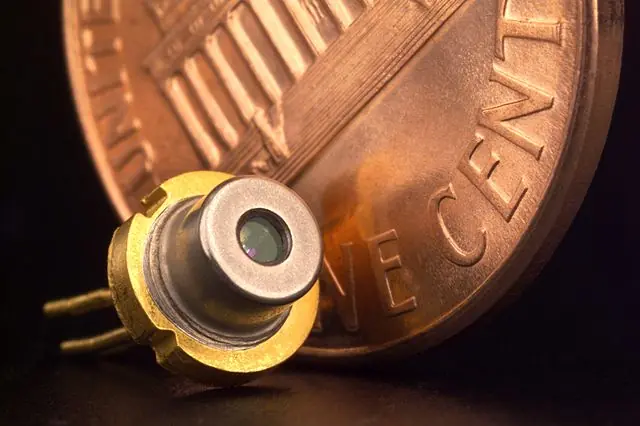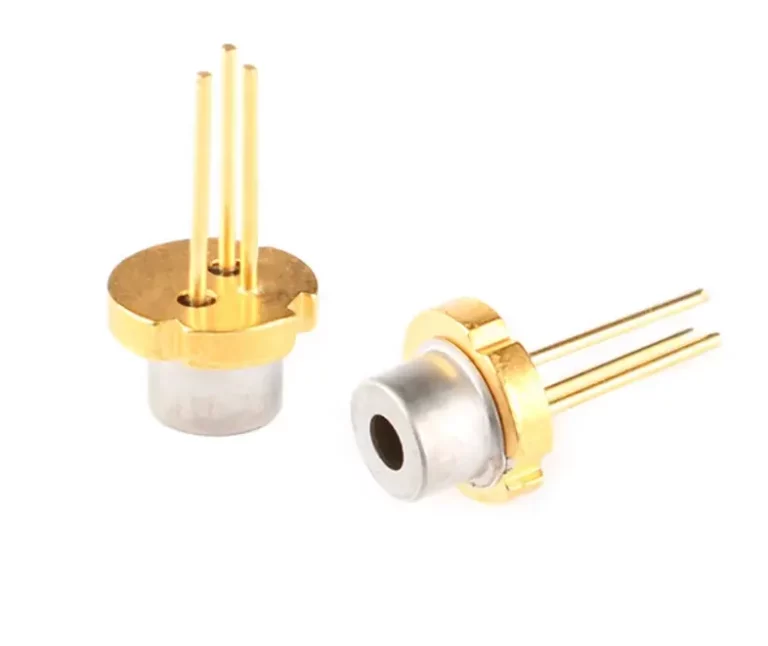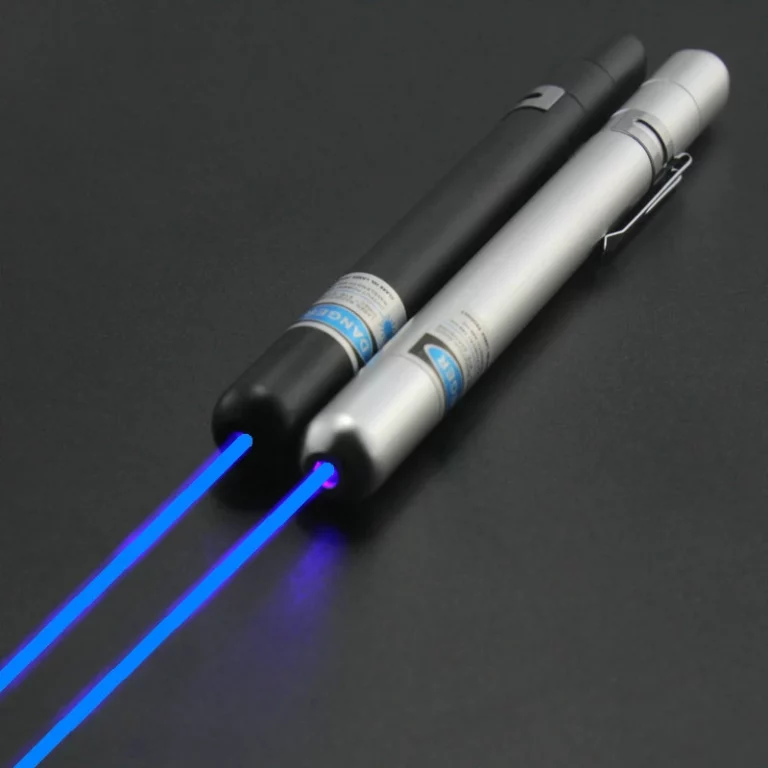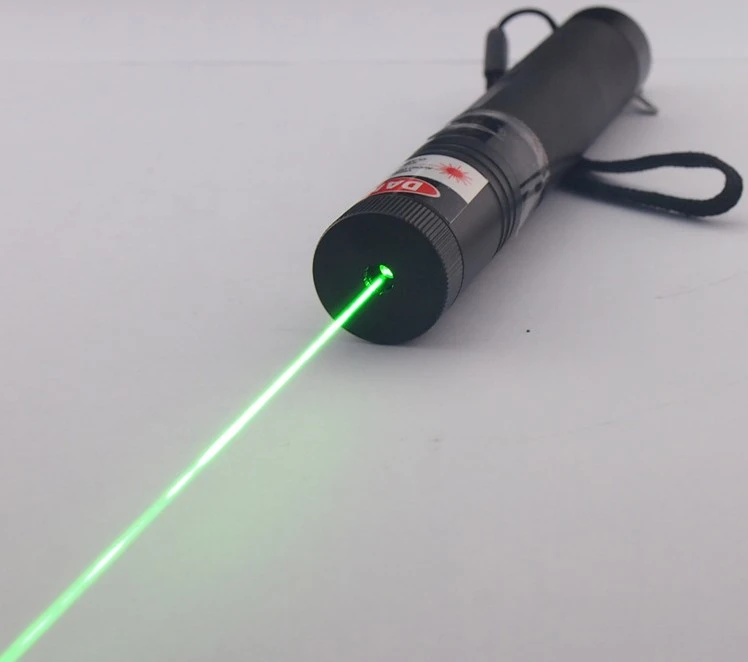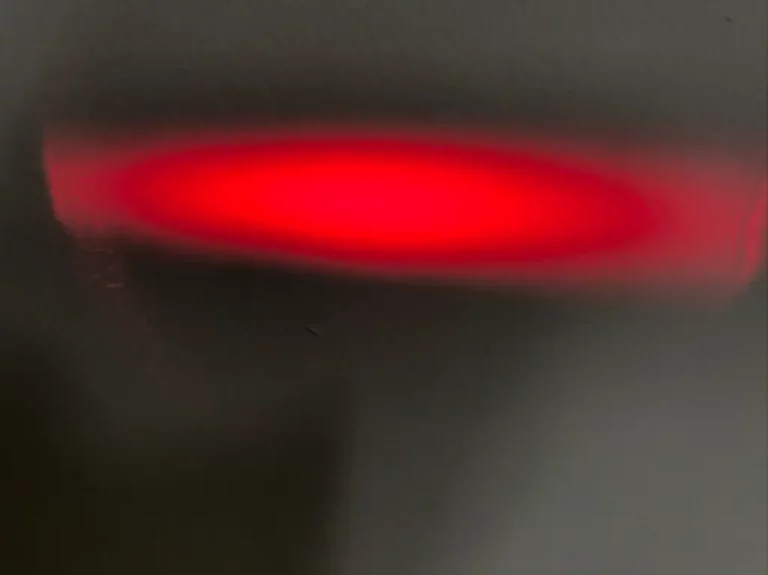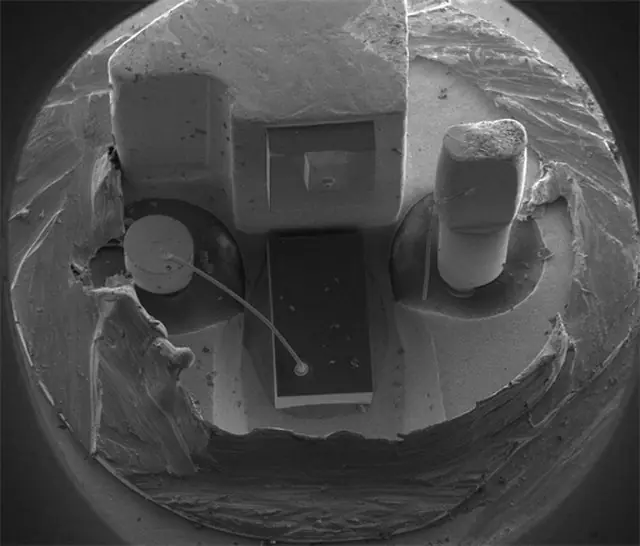405 nm Wavelength Color

Laser light is characterized by its wavelength, which determines its color and properties – but what color is 405 nm light? In this article, we explore the 405 nm laser wavelength color, its properties, and applications. Understanding the properties of different laser wavelengths is essential to develop effective laser technologies for diverse fields, including medicine, manufacturing, and research. In this article, we focus on the 405 nm laser wavelength color, which is a violet-blue hue that falls on the edge of the visible spectrum. We explore the unique properties of the 405 nm laser, its applications, and the advancements in technology that have made it an indispensable tool in various fields.
Properties of 405 nm Laser Wavelength
The visible spectrum of light ranges from red (at around 700 nm) to violet (at around 400 nm). The color associated with the 405 nm laser wavelength is a deep violet-blue hue. This wavelength is near the ultraviolet range, but it is at the edge of the visible spectrum, which makes it visible to the naked eye. Compared to other visible laser wavelengths, the 405 nm laser is relatively brightness when compared to another laser equal in power.
While the 405 nm laser is technically in the visible range of light, it can be difficult to perceive its color visually due to its position at the edge of the visible spectrum. This means that the color can sometimes appear blue or violet, depending on lighting conditions and individual perception. Additionally, accurately photographing the color of the 405 nm laser can also be challenging, as cameras can struggle to capture the color accurately. Despite these difficulties, the properties and applications of the 405 nm laser wavelength color make it an essential tool in various fields of research and technology.
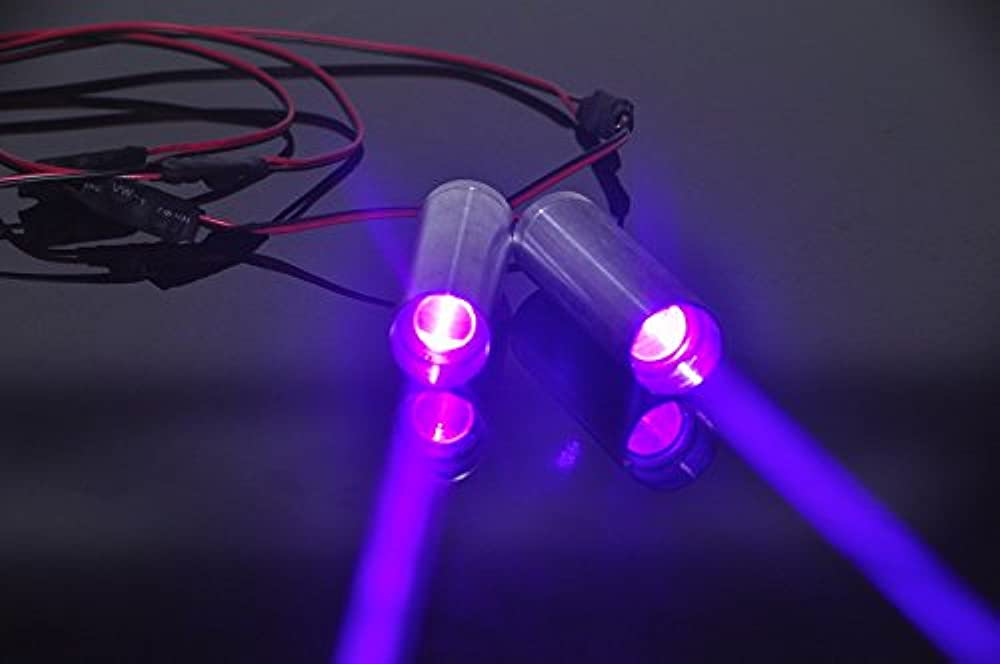
Advancements in 405 nm Laser Technology
Advancements in laser technology have led to significant improvements in the efficiency and power of 405 nm lasers. One of the major breakthroughs is the development of new materials, such as gallium nitride (GaN) and indium gallium nitride (InGaN), that have made it possible to create more efficient and compact 405 nm lasers. These new materials have also paved the way for the development of blue LEDs and blue laser diodes, which have revolutionized the display industry.
Moreover, advancements in manufacturing techniques have enabled the production of 405 nm lasers at a lower cost, making them more accessible to a wider range of applications. The increased efficiency and lower cost of 405 nm lasers have led to their use in various fields, including biomedical imaging, spectroscopy, and data storage.
Conclusion
In conclusion, the 405 nm laser wavelength color is a versatile and useful tool in various fields, from medicine to industry to research. Its unique properties make it suitable for various applications, and advancements in technology are making it possible to develop more efficient and compact devices. As we continue to explore the potential of 405 nm lasers, we can expect to see many new and exciting applications emerge.

